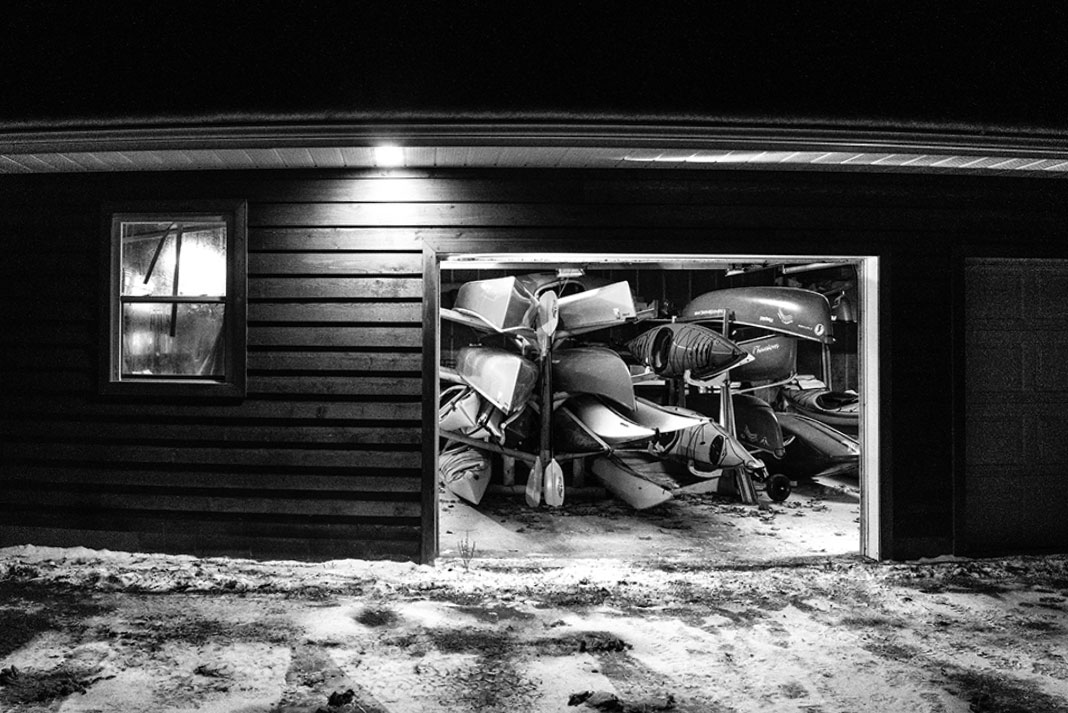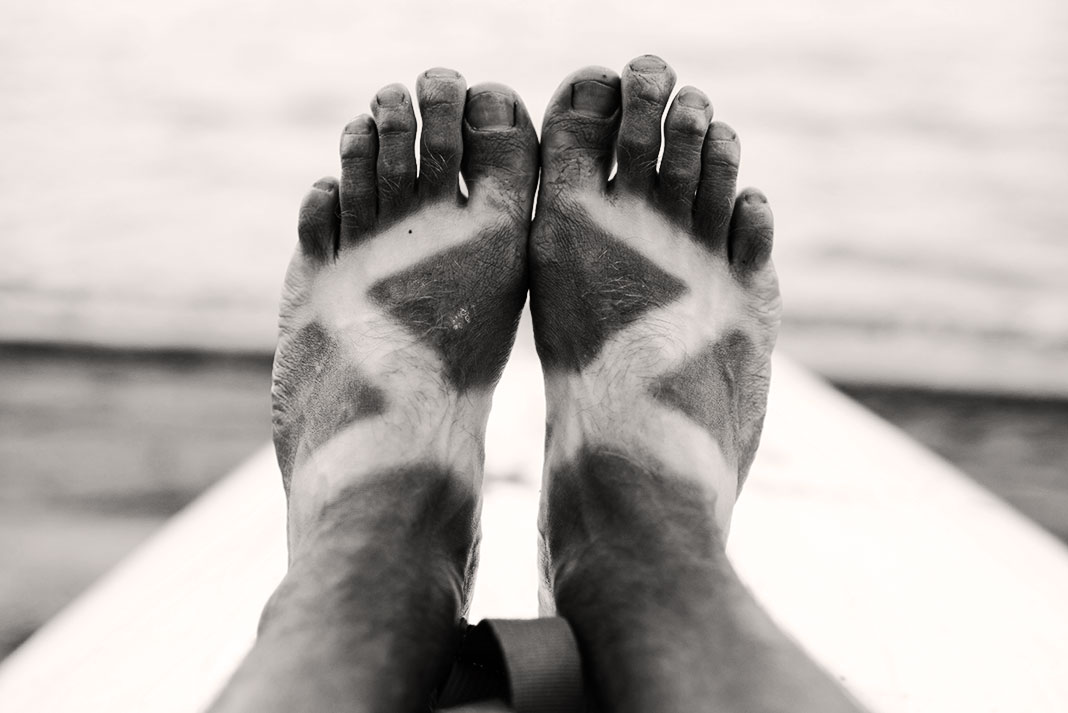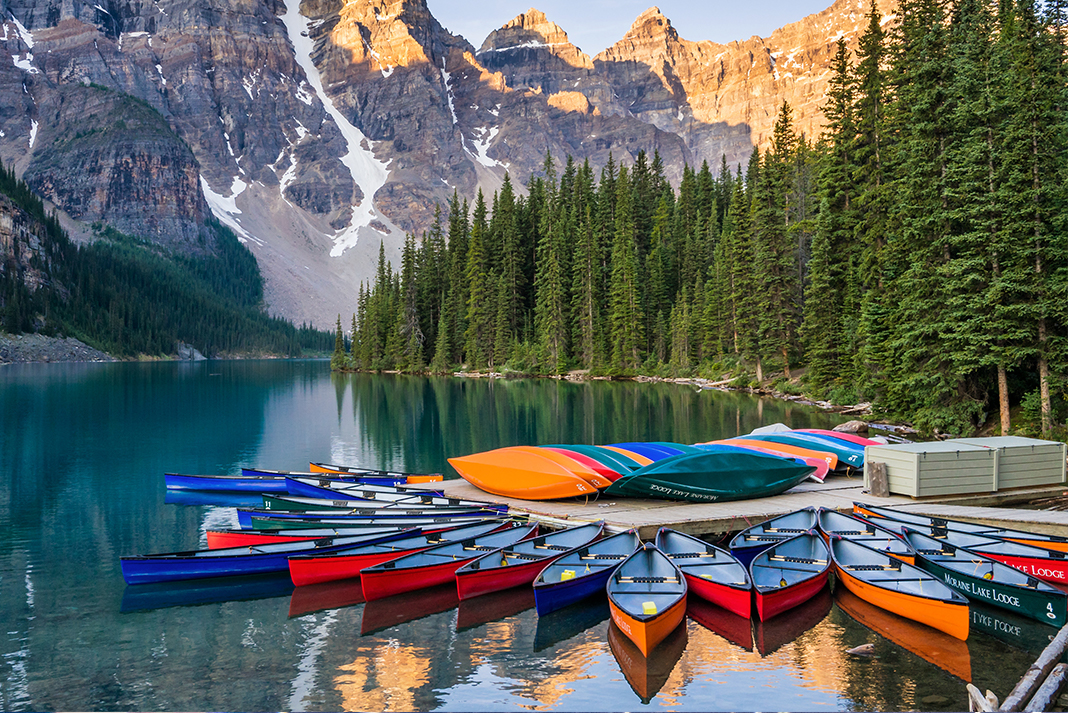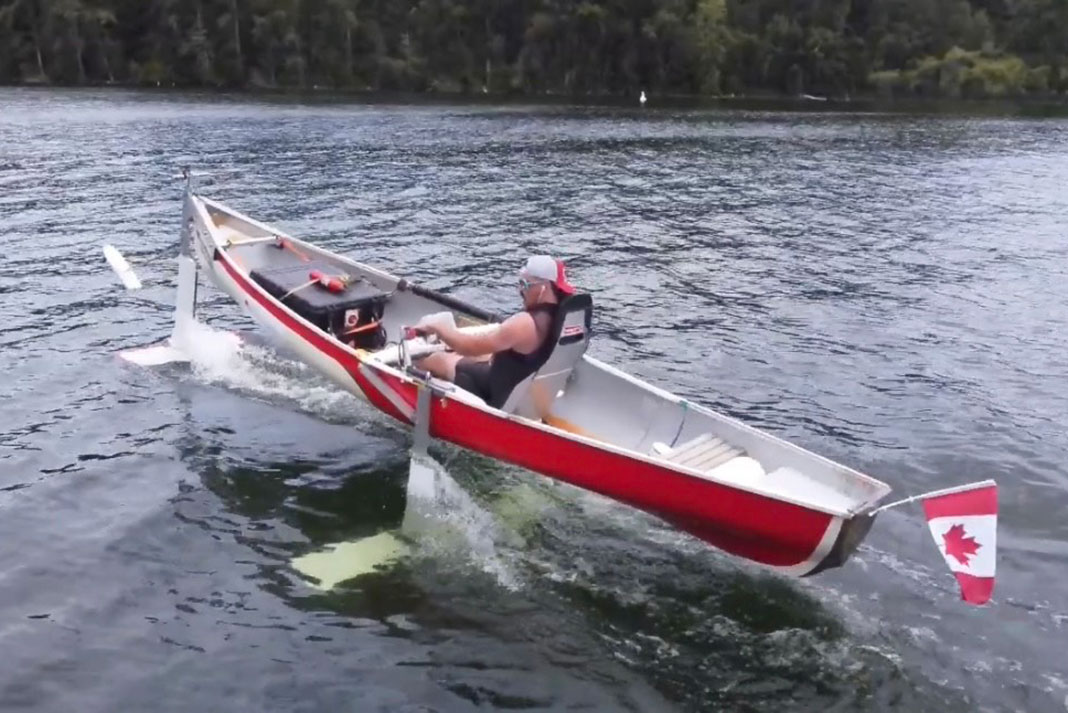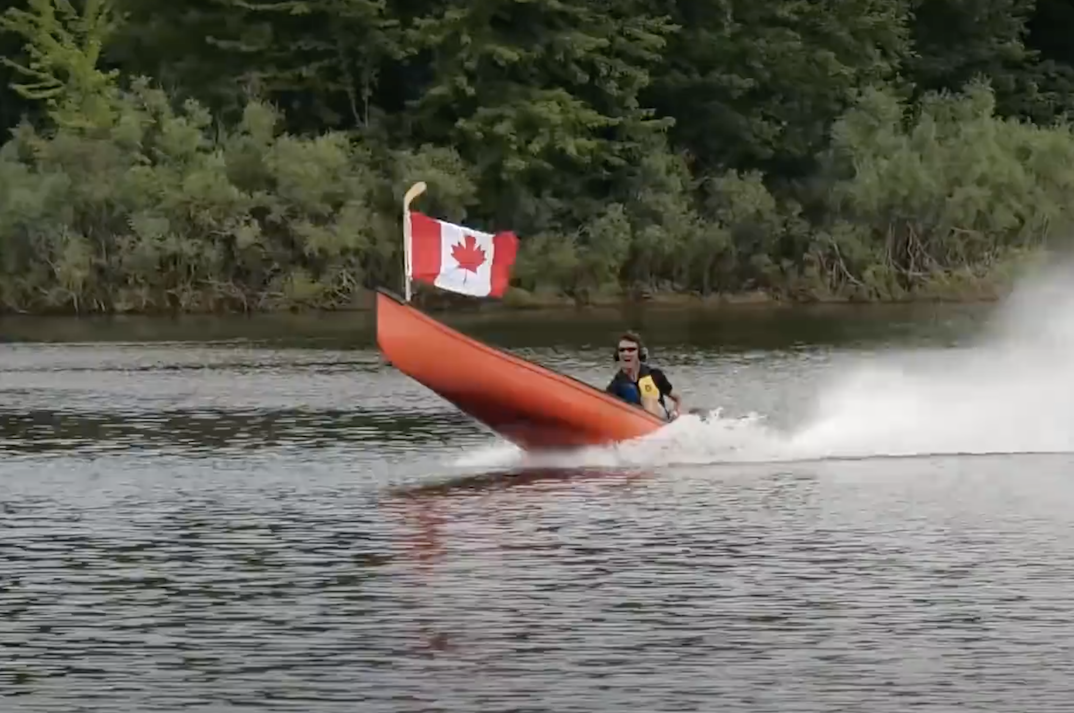ATLANTA, GA – This year marks a significant expansion of an already successful volunteer-led initiative to offer low-cost kayaking instruction on the Saturday before Memorial Day Weekend. Nationally certified instructor volunteers from the American Canoe Association (ACA) and representatives from the US Coast Guard Auxiliary are joining forces with public lands partners, state agencies, paddling clubs and other local paddlesports leaders to offer 43 simultaneous “Kayaking 101” classes
across seven states on May 18 to kick off National Safe Boating Week. After successful initiatives in Tennessee and North Carolina in 2022 and 2023, this year the ACA partnership will expand to include Tennessee, North Carolina, South Carolina, Florida, Georgia, Texas and Missouri. The ACA is the national accrediting body for paddlesports education.
According to the US Coast Guard, 40% of all boaters are engaged in paddlesports. The US saw an estimated 45 million paddlers enjoying kayaking, canoeing and paddle board activities last year. Unfortunately, fatalities are on the increase too, with 26% of all recreational boating fatalities involving paddlers. Kayakers comprise the bulk of paddlesports growth and the majority of paddling fatalities. Surprisingly, accidents happen most often in calm water conditions. Nearly 75% of fatalities involve paddlers with less than 100 hours experience and 35% of those have less than 10 hours experience.
Volunteer organizers of this event are working in collaboration with US Coast Guard and US Coast Guard Auxiliary as a grassroots initiative to change the trajectory of this trend. Specifically, this event aligns with the USCG Strategic Plan for the National Recreational Boating Safety Program (2022-2026): encouraging wear of life jackets; and, employing strategies to address new boaters, including paddlers.
“The US Coast Guard is excited to support “Kayaking 101” as a powerful volunteer-led initiative to share the love of paddlesports and help train newcomers how to do it safely,” said Verne Gifford, Chief, U. S. Coast Guard Boating Safety Division (CG-BSX-2). “It is amazing to see the local ACA instructors, paddling clubs and paddling leaders join forces to address this need in their communities. They saw a chance to make a difference and they stepped up to be part of the solution!”
In April 2024, the National Safe Boating Council recognized this volunteer-led initiative with the 2024 IBWSS Community Impact Award for making such a notable difference with paddling safety in our communities. But in fact, this initiative is winning awards and getting the attention of boating safety specialists everywhere the volunteers take it.
In 2022, ACA Tennessee partnered with Tennessee State Parks and Tennessee Wildlife Resources Agency to offer 12 classes, and was recognized by the Tennessee Recreation and Parks Association with the Four Star Innovation Award for Park Programming. In 2023, ACA Tennessee and ACA North Carolina partnered with State Parks and the Wildlife Resource Commissions from both states to offer 24 classes. In 2023, North Carolina Division of Parks and Recreation’s Interpretation and Education Council noted this was “likely the single largest education day for kayak safety in North Carolina State Parks’ history.”
“We are thrilled with the success we have seen already as a partner in this initiative, and we are delighted to see the program expand,” said Greer Tidwell, deputy commissioner at the Tennessee Department of Environment and Conservation. “This instruction is an excellent opportunity to learn important safety techniques and make the most of such an enjoyable sport. It is a great way to kick off National Safe Boating Week.”

These classes have demonstrated a remarkable impact on their communities, achieving the following metrics of success in 2023:
- Trained 279 people in one day across 2 states
- 179 volunteers from 46 organizations came together to lead the training
- 36 news stories/earned media was secured reaching 200-500,000 people in the general media market with messages about paddling safety
- 83,000 paddlers reached on social media (conservatively)
- Watch highlights reel from ACA Tennessee 2023 here
“We know that just one day of training can make the difference between setting yourself up for a bad experience that ruins the sport for you versus setting yourself up for a whole lifetime of paddling fun,” said ACA Regional Activity Council Chair and event co-founder, Andrea White.
In each state, the local chapter of ACA partners with a public lands agency to build the foundation for the event and then gathers instructor volunteers and safety boaters, donations for free kayak
rentals and other support from the paddling leaders and stakeholders in those communities.
2024 marks the first time the US Army Corps of Engineers has sponsored the “Kayaking 101” partnership to bring the event to their state.
“We are excited to be able to bring an event of this caliber to Georgia for the benefit of all of the paddlers we see at Allatoona Lake and in other parts of the state,” said Ranger Rusty Simmons, Chief Ranger of Park Operations at Allatoona Lake. “Being able to mobilize this many nationally certified ACA instructors to help beginners is a very powerful way for the community to come together to reinforce safety while we are having fun!”

Participating Marquee Sponsors for this event include:
- American Canoe Association’s Regional Activity Council
- US Coast Guard Auxiliary
- Georgia River Network
- Tennessee State Parks & Tennessee Wildlife Resources Agency
- North Carolina State Parks and North Carolina Wildlife Resources Commission
- South Carolina State Parks and South Carolina Department of Natural Resources
- Florida State Parks and Florida Fish and Wildlife Commission
- Missouri State Parks
- US Army Corps of Engineers at Allatoona Lake, GA, Trust for Public Lands/Chattahoochee Riverlands, and Georgia Power Company
Classes cost $15 per person including a free kayak rental for training that often retails for $75-$150. All instructors are local volunteers who are nationally certified by the American Canoe Association to give paddling and rescue training and are supported by experienced paddlesports safety teams.
Each park’s event will be limited to 15 people. In returning states, Tennessee and North Carolina, there are also a few specialized classes for Adaptive Kayaking, Kayak Fishing, and Standup Paddleboard.
Interested parties can register at the registration links provided here for each state. In-person spaces are limited. A free ACA online class is also available; however, in-person training with a certified instructor is strongly encouraged.
These classes are made available by certified instructor volunteers, safety boaters and equipment donations from many organizations coming together to help their fellow paddlers across 6 states. Valued partners joining the American Canoe Association and US Coast Guard Auxiliary in this effort in each state include:
South Carolina: Low Country Paddlers, Augusta Canoe and Kayak Club, America’s Boating Club – Charleston, and Edisto River Canoe and Kayak Commision.
Georgia: Georgia River Network, Georgia Power Company, Trust for Public Lands, Georgia Canoeing Association, The Outdoor Foundation, Savannah Coastal Ecotours, Middle Georgia Kayaking, Miller Kayak Trips and Training, REI Co-op and REI Co-op Experiences, Tennessee Valley Canoe Club, Half Moon Outfitters, Westbrook Supply Co., and Southern Conservation Trust.
Florida: Kaku Kayaks, Tampa Bay Kayak Anglers, Florida Paddling Trails Association, Kayak Adventure Group out of Tampa Bay, St. Augustine Paddle Sports.
Missouri: The Alpine Shop
Texas: Houston Area Sea Kayakers, Texas Outdoor Family



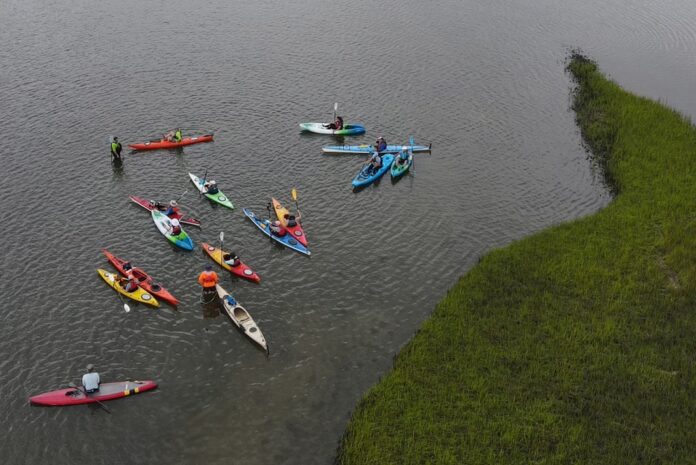
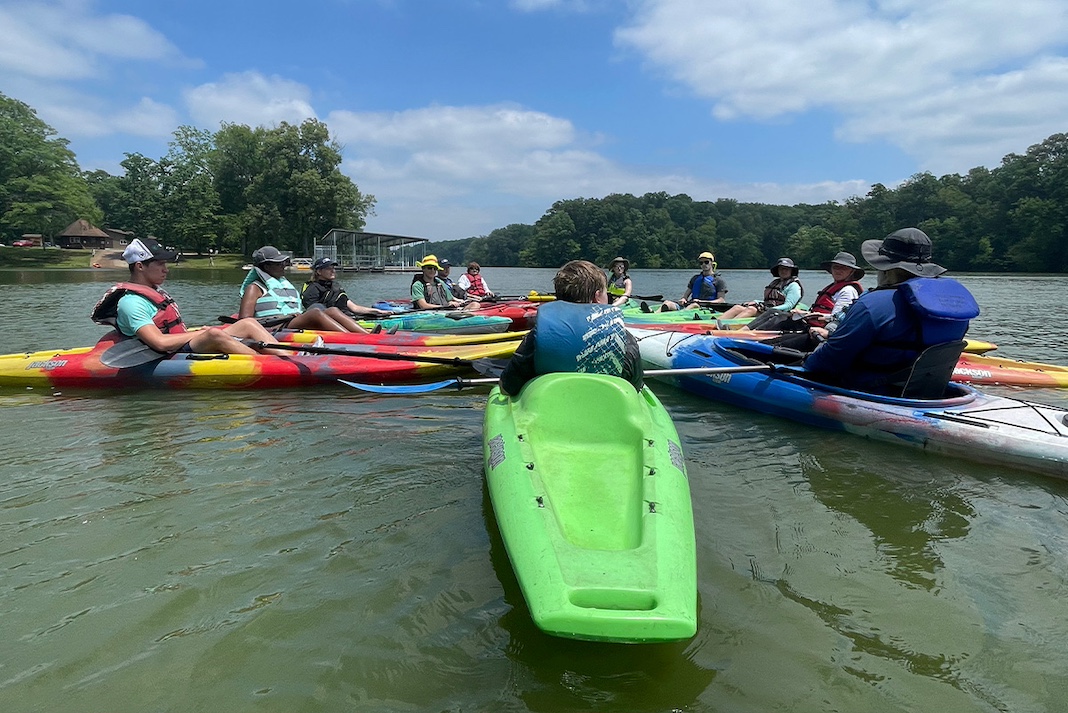

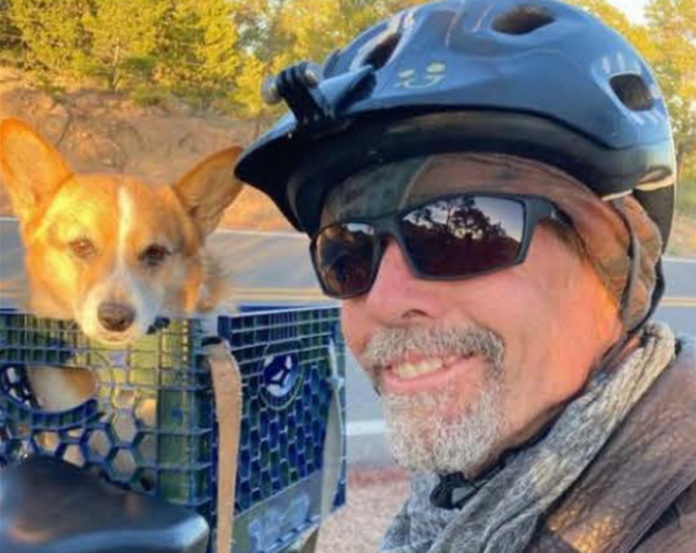
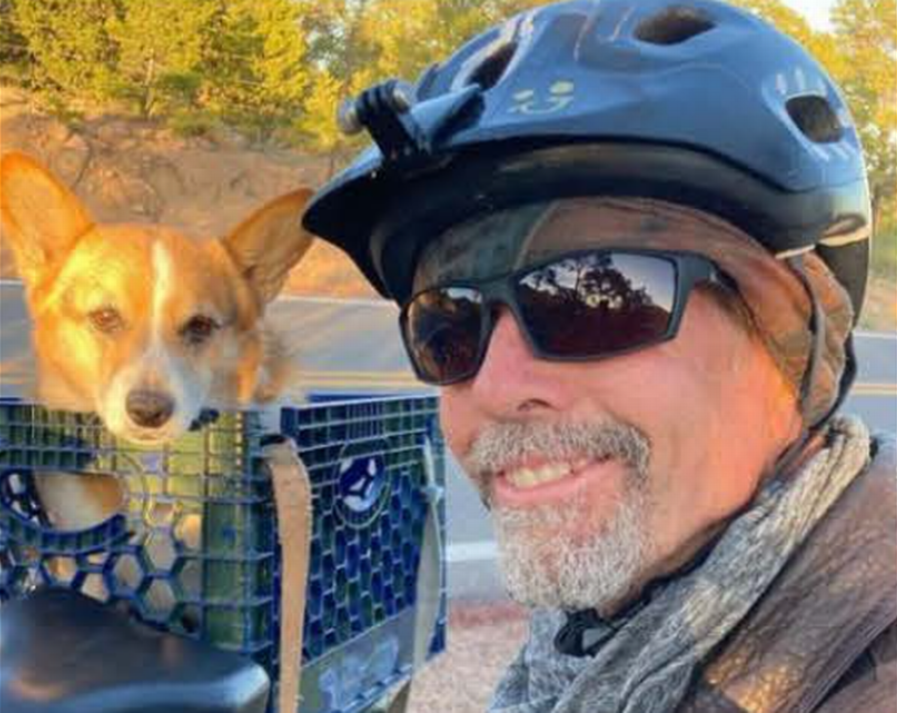
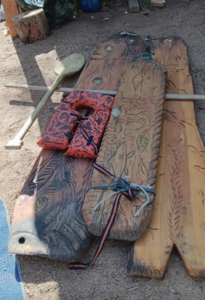
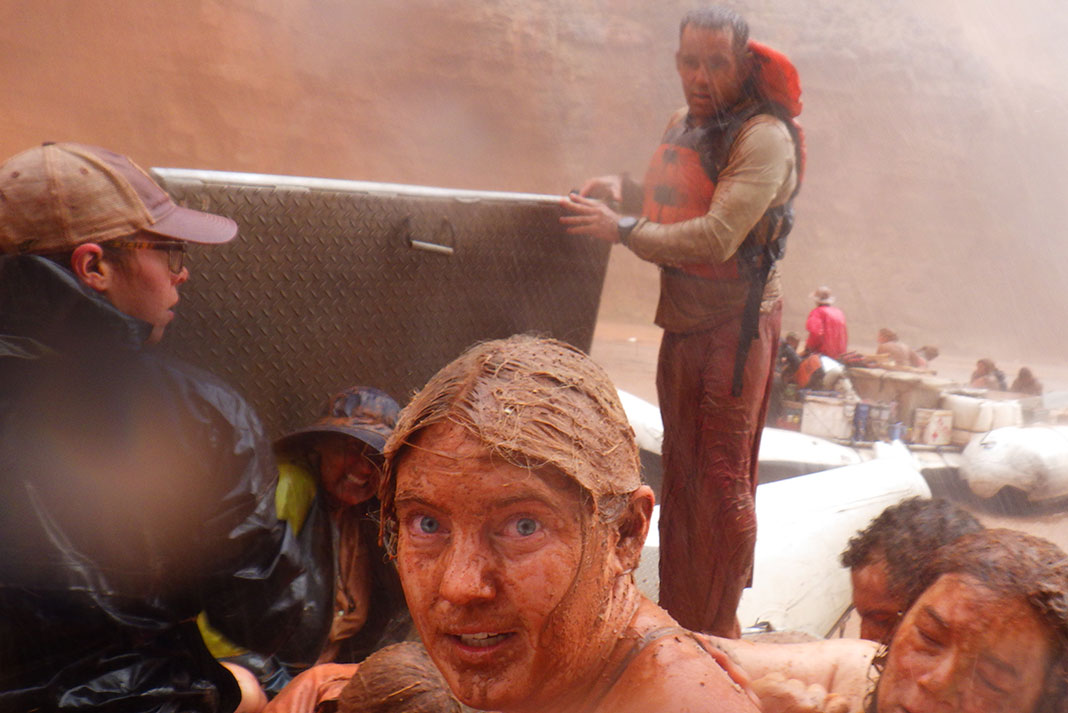

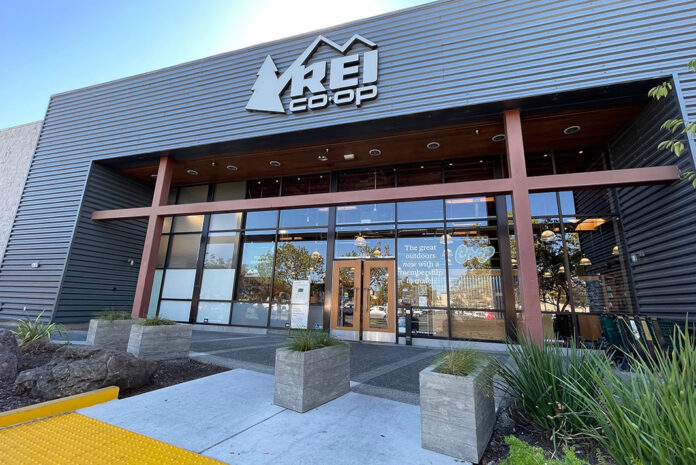





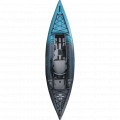
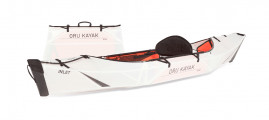




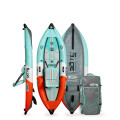

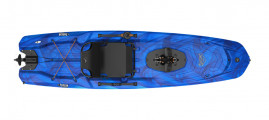
-first_product_boats.jpg)
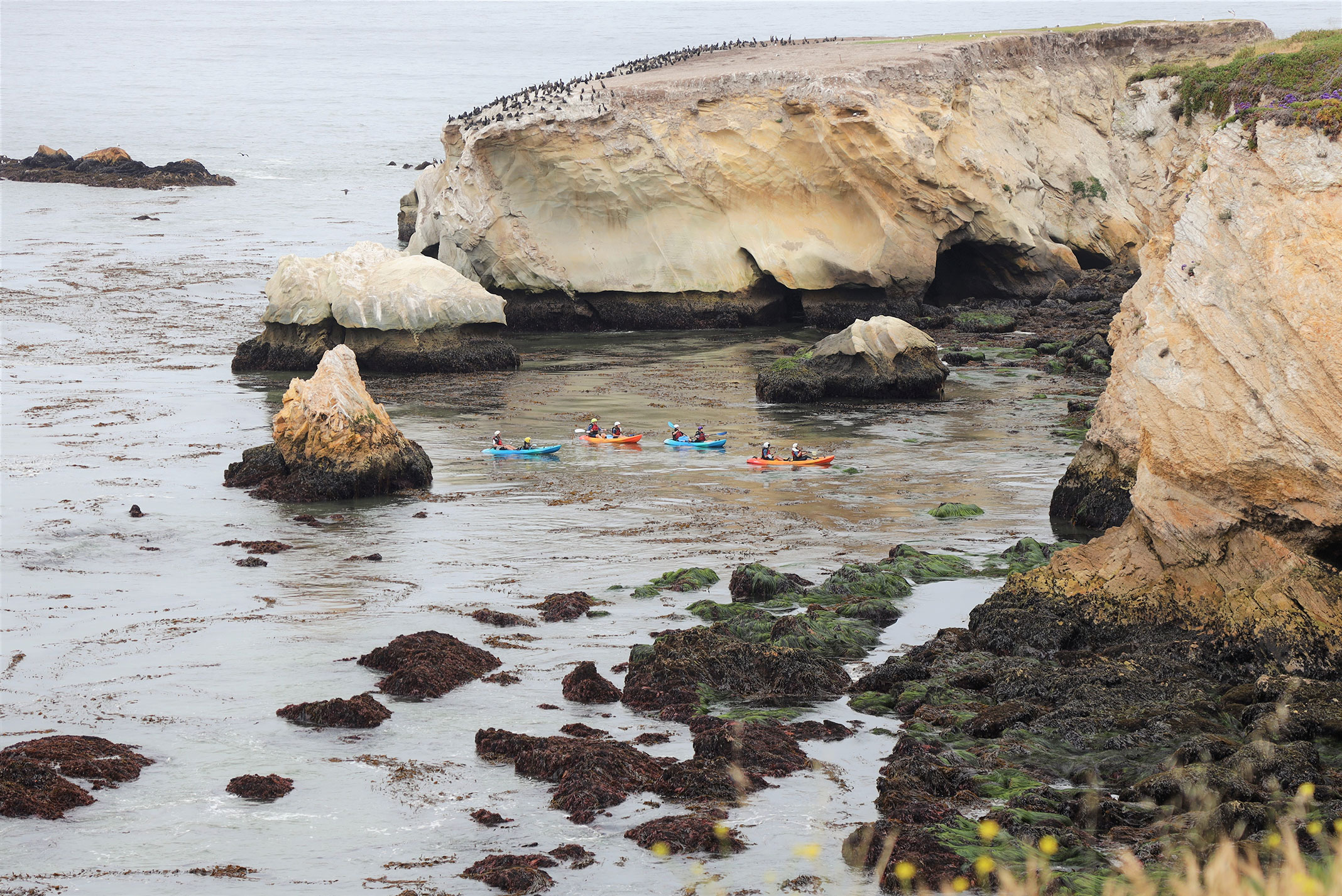
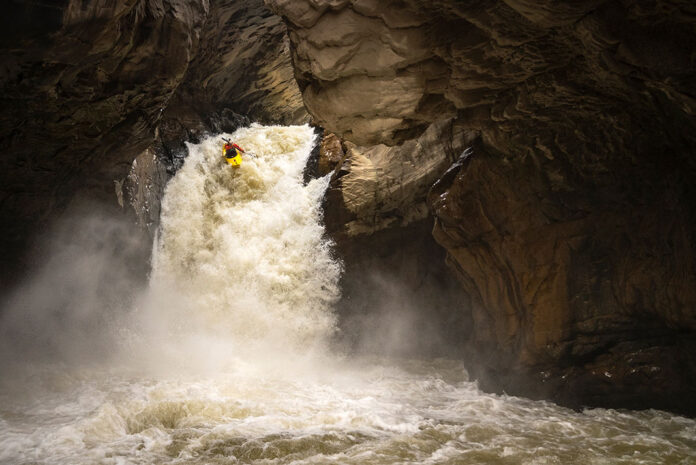
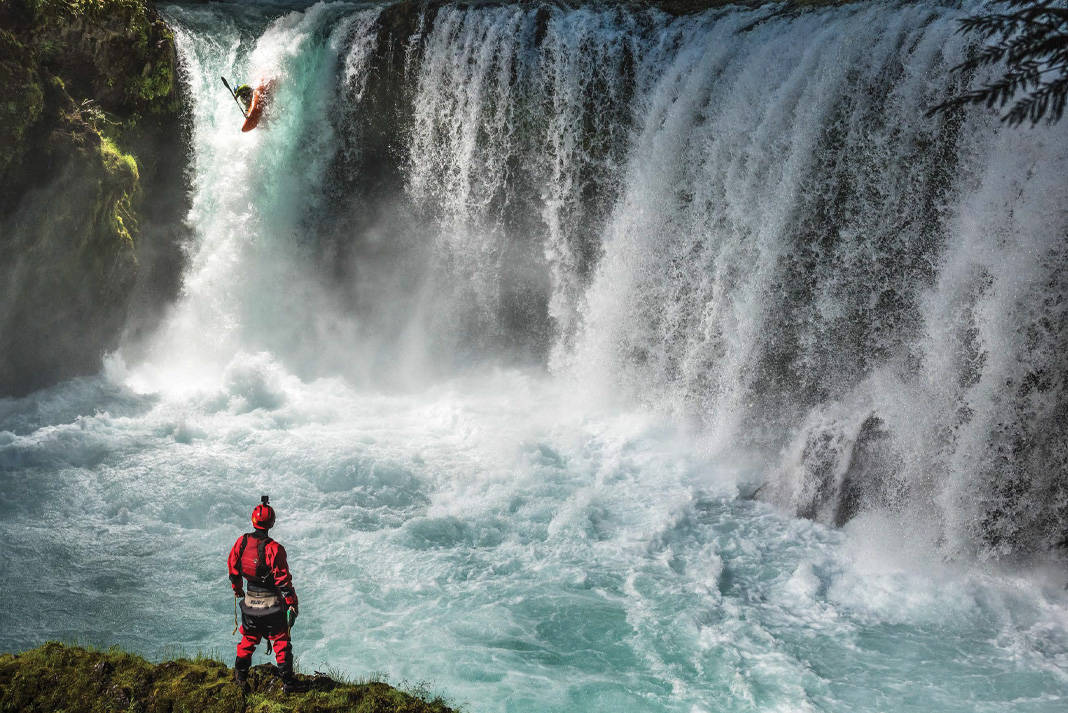
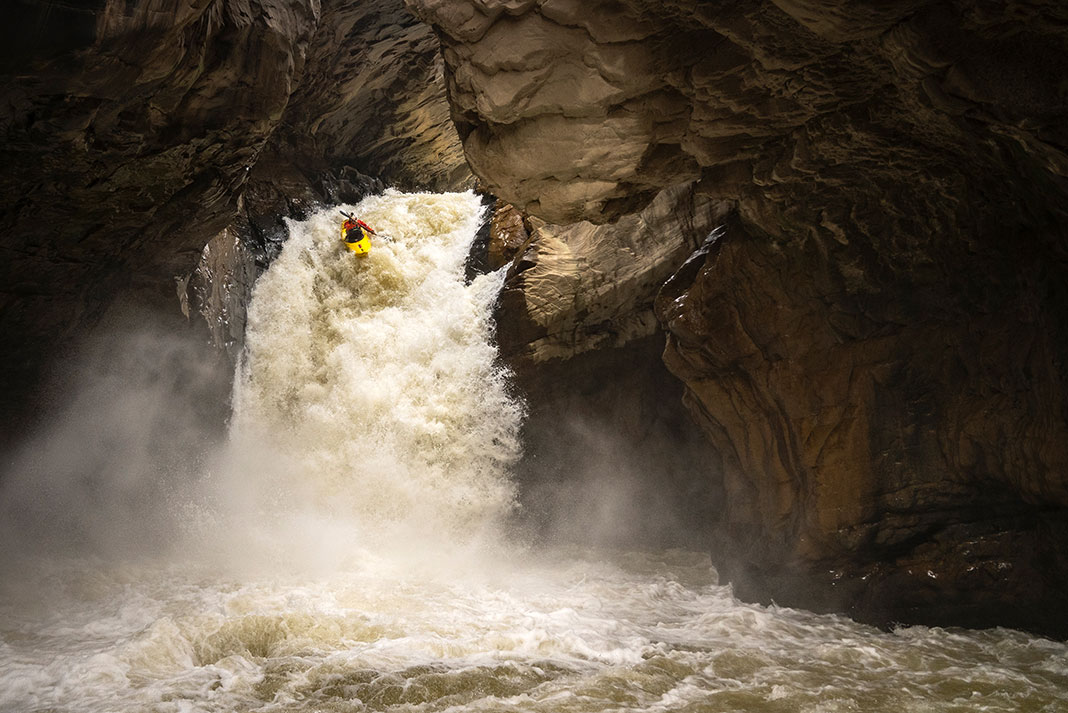
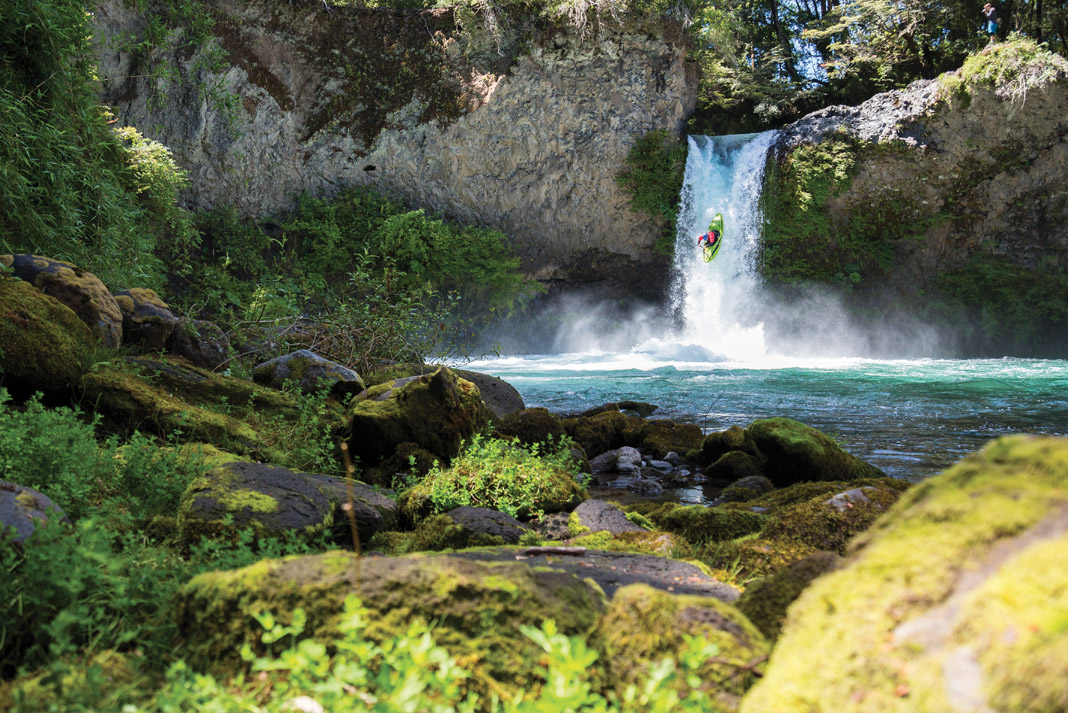
 This article was first published in the Spring 2024 issue of Paddling Magazine.
This article was first published in the Spring 2024 issue of Paddling Magazine. 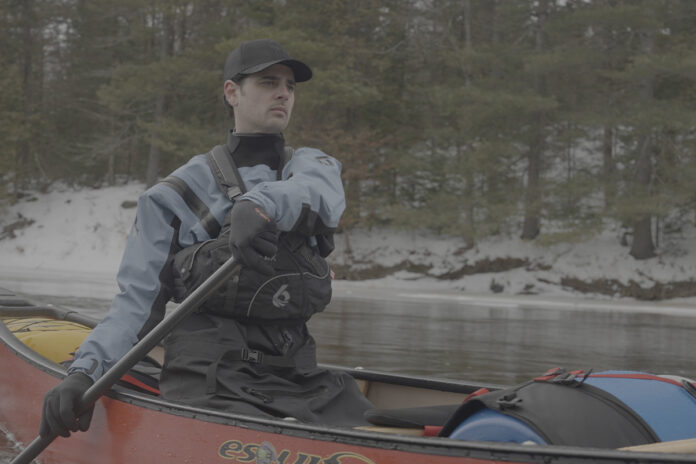

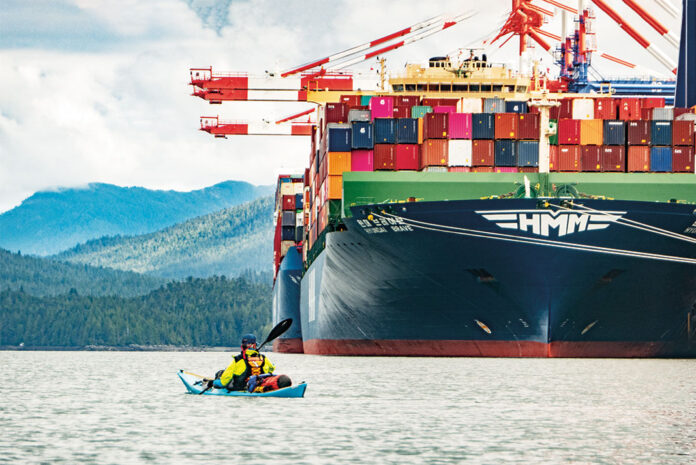

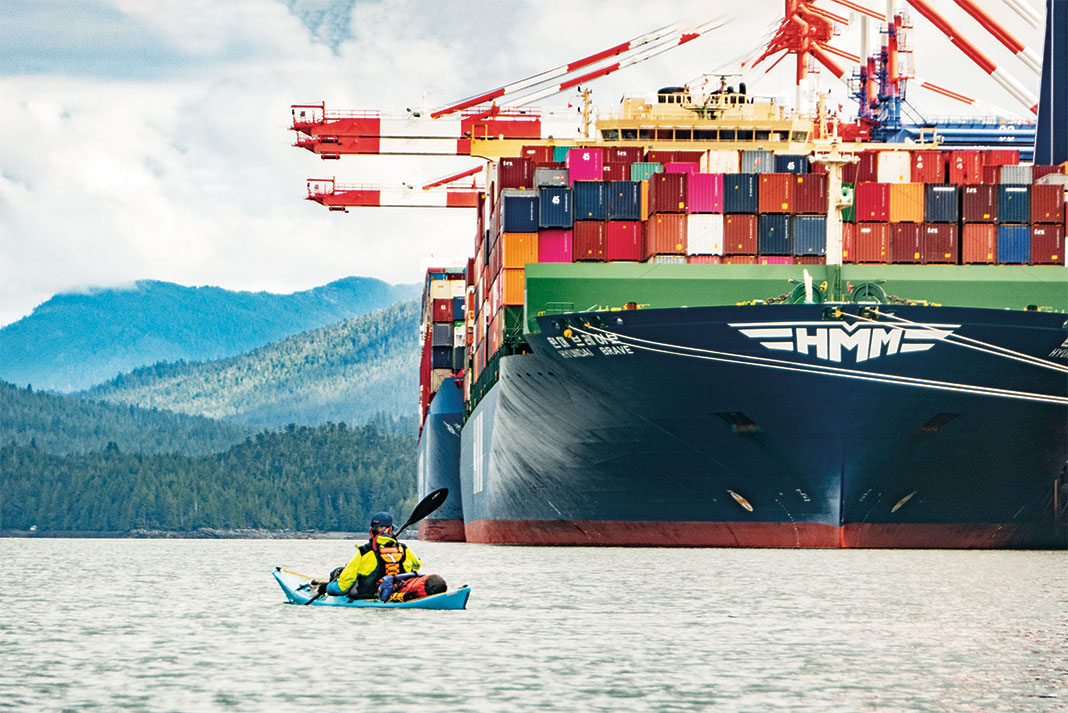
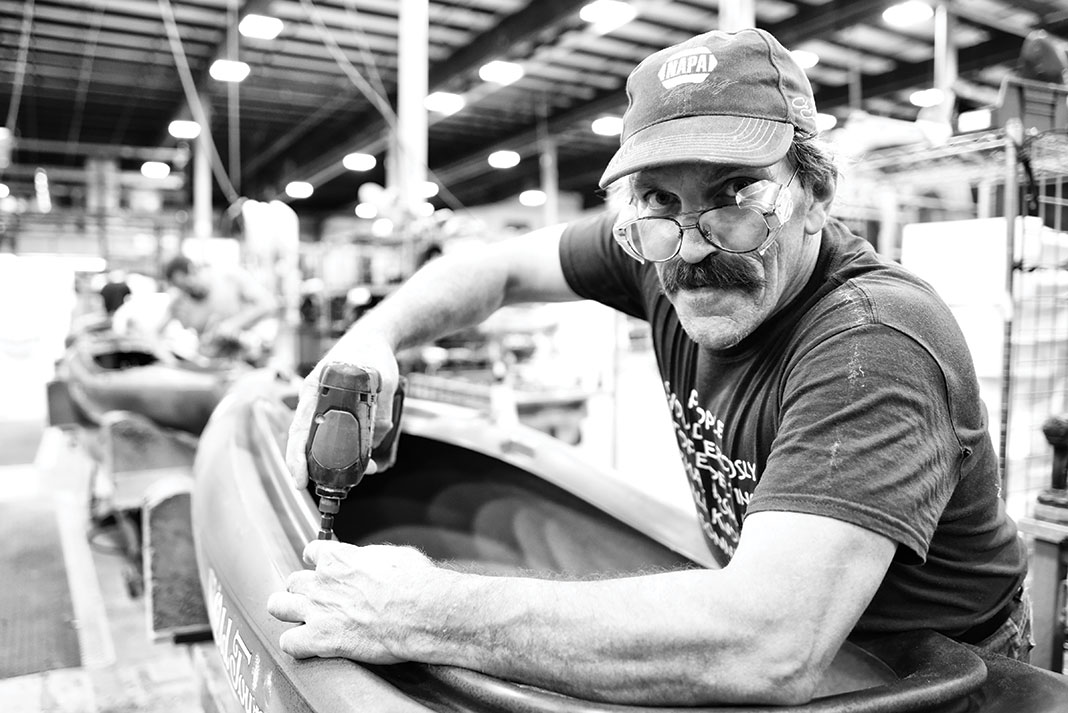
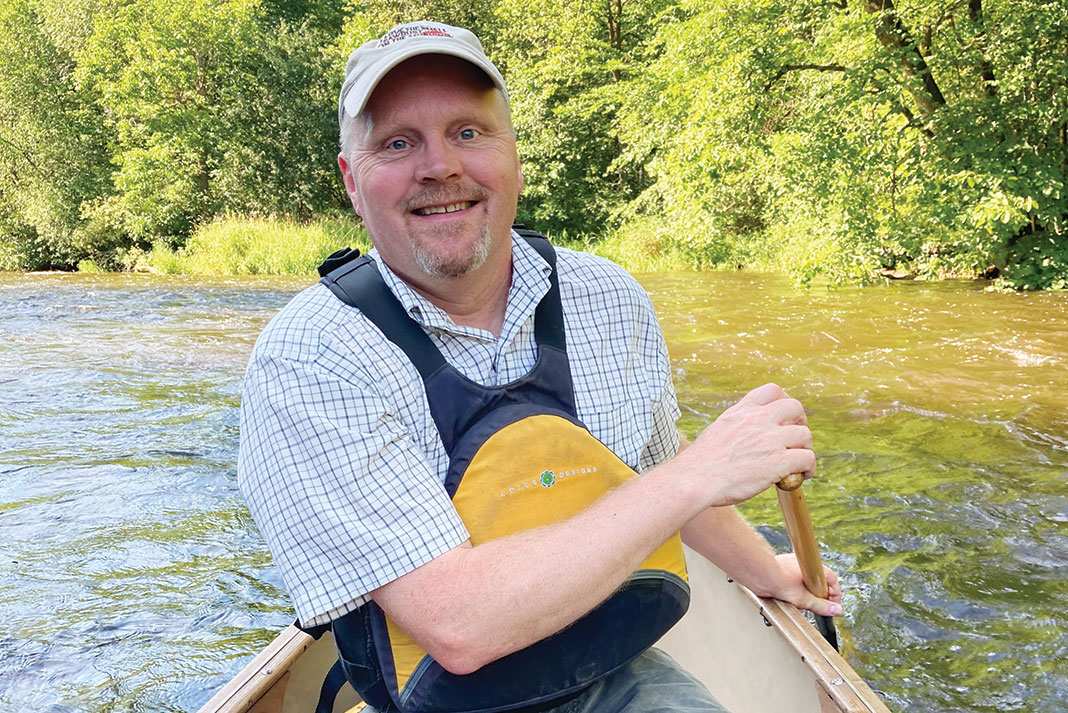
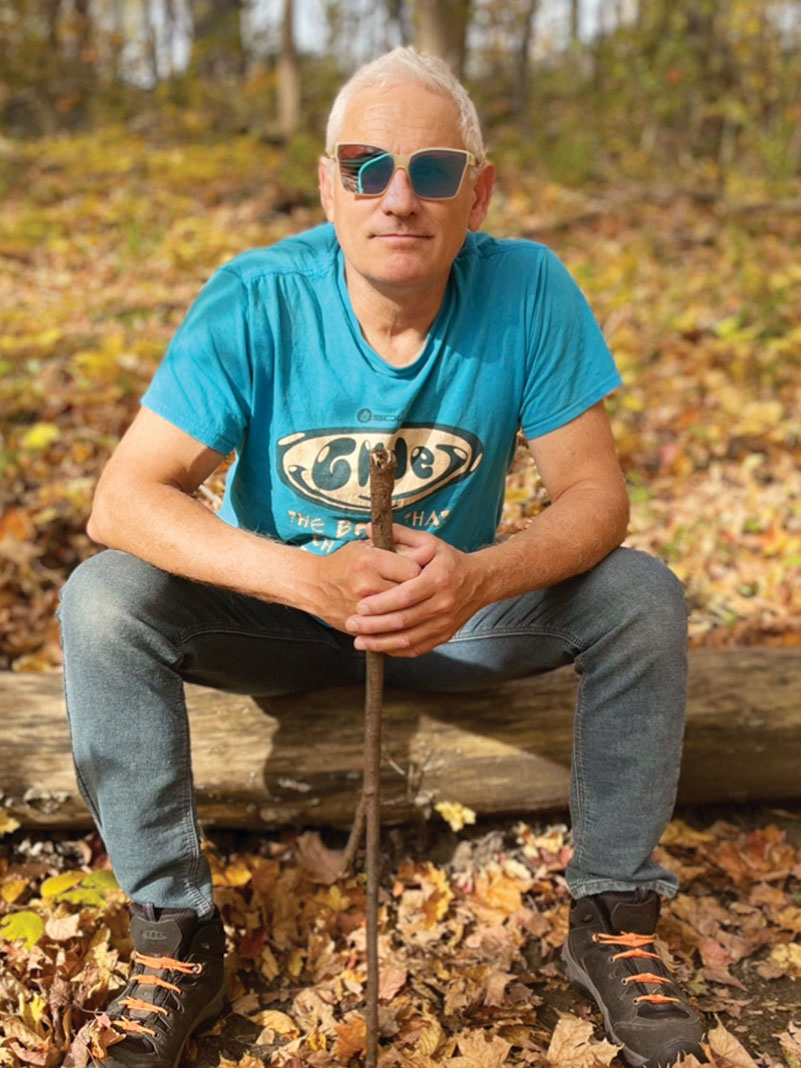
 This article was first published in the 2024 issue of Paddling Business. Inside you’ll find the year’s hottest gear for canoeing, kayaking, whitewater and paddleboarding. Plus: how to beat the big box, trends in kayak fishing instruction, building the Paddlesports Trade Coalition and more.
This article was first published in the 2024 issue of Paddling Business. Inside you’ll find the year’s hottest gear for canoeing, kayaking, whitewater and paddleboarding. Plus: how to beat the big box, trends in kayak fishing instruction, building the Paddlesports Trade Coalition and more. 


